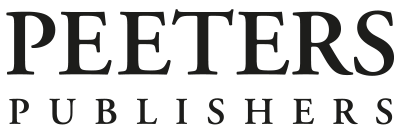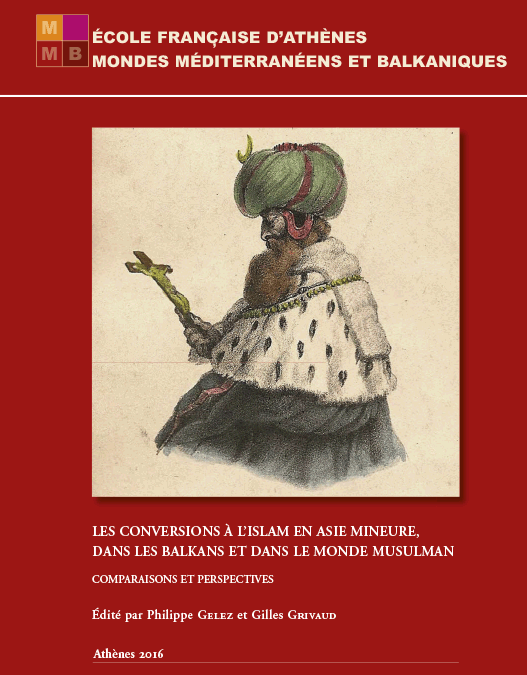L’enquête menée sur la perception des conversions à l’islam dans la littérature historique des xix e et xx e siècles a abouti à la publication d’une bibliographie raisonnée, parue dans la collection Mondes méditerranéens et balkaniques de l’École française d’Athènes, en 2011 (MMB 3). Poursuivant la réflexion engagée sur les époques seldjoukide et ottomane, en Asie Mineure et dans les Balkans, onze historiens et spécialistes de sciences humaines, réunis lors d’un colloque en 2012, considèrent la conversion à l’islam sous divers angles, à des époques distinctes. Les études réunies reviennent sur les contextes micrasiatiques ou balkaniques et examinent d’autres situations culturelles et temporelles: les débuts de l’islam, la Syrie des xvii e-xix e siècles, la péninsule indienne, l’archipel insulindien, sans oublier les modalités spécifiques aux groupes juifs (marranes, morisques, dönme-s).
Research on how conversions to Islam were perceived in the historical literature of the 19th and 20th centuries resulted in the publication of an annotated bibliography in 2011 as part of the Mondes méditerranéens et balkaniques series of the French School at Athens (MMB 3). Here, eleven historians and humanities specialists, participants in a 2012 conference, focus on the Seljuk and Ottoman eras in Asia Minor and the Balkans and consider conversion to Islam from a range of different perspectives, in different periods. The articles in this collection reconsider the Asia Minor and Balkan contexts and look at other cultures and time periods, such as the beginnings of Islam, Syria during the 17th-19th centuries, the Indian peninsula, and the Insulindian archipelago, while also paying attention to processes specific to Jewish groups (Marranos, Moriscos and Dönme-s).


 English
English
 add to cart
add to cart
